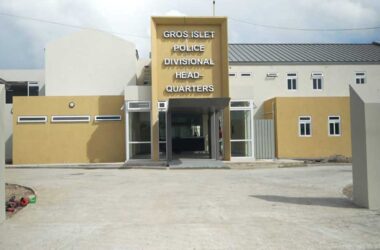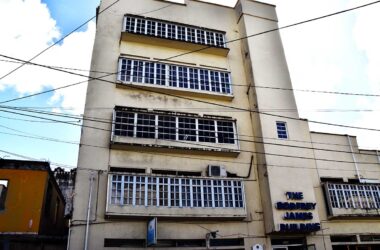
RECOGNIZING that geospatial data is an asset that can be used for environmental management, disaster response and risk reduction, agricultural development, health care, delivery of clean drinking water, combating poverty, crime management and food security, among other benefits, the Government of Saint Lucia, through the Disaster Vulnerability Reduction Project, DVRP, offered a consultancy to Kadaster International to assist with the establishment of a National Spatial Data Infrastructure (NSDI).
The consultancy is being managed by the Department of Physical Planning (DPP), which is seeking to establish open systems and platforms to create, share, analyze, and use disaster risk and climate change data and information for improved decision making and engineering design, as well as for risk reduction and climate change adaptation.
Notably, an effective NSDI can lead to the improvement in the country’s ease of doing business ranking.
To date, the Government of Saint Lucia has made significant investments in the acquisition and use of spatial information for planning, governance of the nation and the delivery of public services. In this regard a National GIS Coordinating Committee (NGCC) under the auspices of the Department of Economic Development, Transport, and Civil Aviation has been established.
The NGCC is responsible for the coordination of GIS related activities across Government ministries.
The activities of the National GIS Coordinating Committee (NGCC) are supported by a National GIS Technical Committee (NGTC).
Members of the two committees, which comprise private sector representatives, have been actively participating in interactive workshops with the consultants over the last few months, and have established a vision for the NSDI.
With a vision established, stakeholders met last week to continue discussions on the production of a blueprint that will lead to the successful implementation of the NSDI.
It is anticipated that the final report from the consultants will be delivered soon.






![ECCO Head Office in Saint Lucia [Photo credit :ECCO]](https://thevoiceslu.com/wp-content/uploads/2025/11/ECCO-Head-Office-in-Saint-Lucia-380x250.jpg)

![Dr Godwin Friday - Newly elected Prime Minister of SVG [Photo credit : The St Vincent Times]](https://thevoiceslu.com/wp-content/uploads/2025/11/Dr-Godwin-Friday-380x250.jpg)




